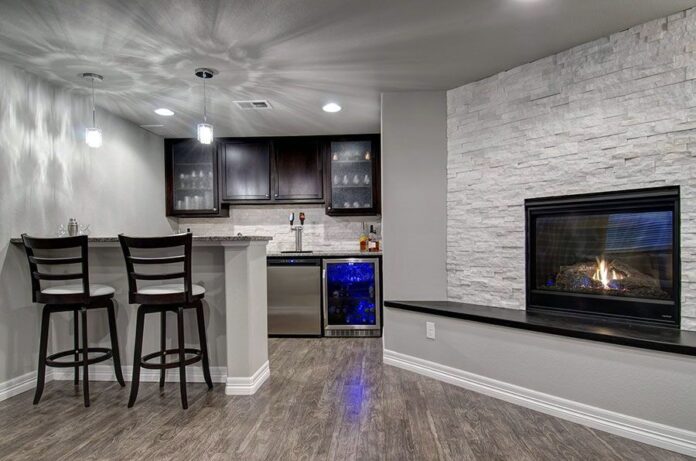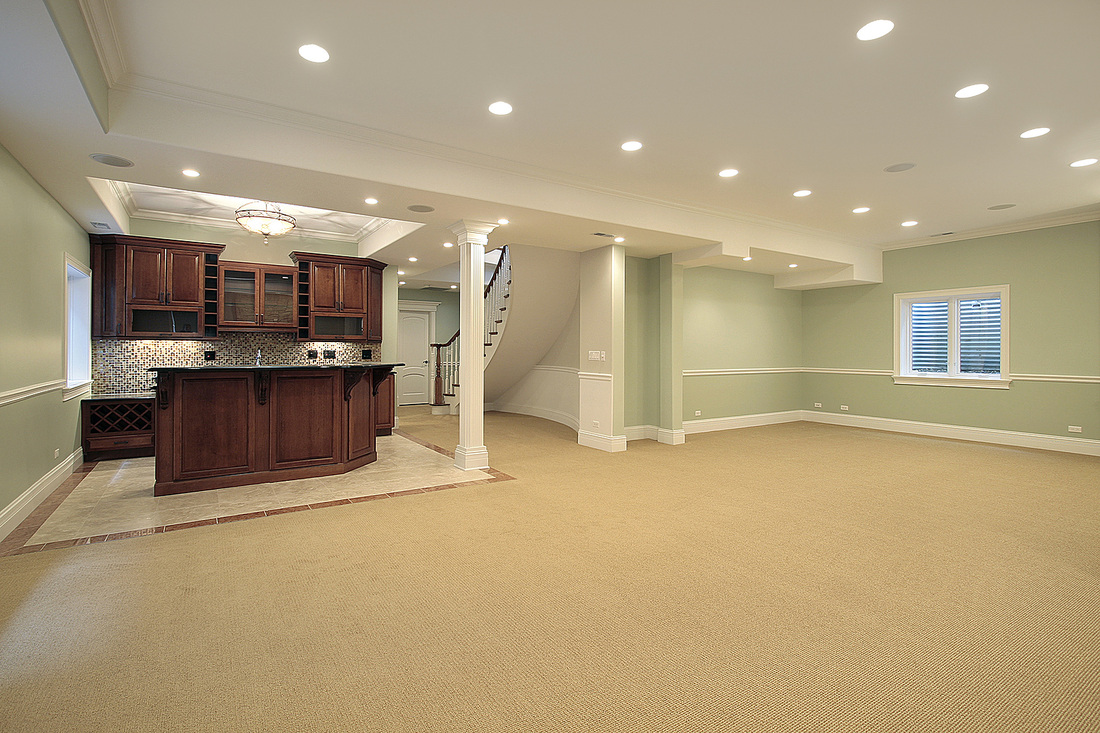Many basement owners believe that repairing such premises is no less complicated than building new ones. As a rule, this point of view is because the cellar owners, in principle, do not know how it was made. Another reason is also possible that a person carried out construction work “a million years ago” and forgot about some critical nuances.
The most common basement repair work.
Most often, basement repairs are started in connection with the need to equip new waterproofing. According to statistics, it is the most common problem that owners of various cell types have to solve everywhere.
Ideally, waterproofing work should be carried out on the outside of the walls, as the insulation inside the basement is much less effective.
Another principal reason for basement renovation is the destruction of the floor and walls of the storage facility. These critical elements of the basement usually require frequent repairs. In case of any significant holes and cracks in the walls, it is recommended to fill them with cement mortar immediately. It happens that visually, the walls may look ordinary, but in the real sense, they are porous – this means that a large amount of moisture has got into the wall. After the winter cold onset, this state of affairs can lead to the destruction of the wall.
Critical points of waterproofing repair.
The waterproofing of basements often requires an “upgrade” because it is influenced by severe negative factors in the ground and sedimentary waters. In this regard, it is replacing the waterproofing layer that is usually the primary “headache” during basement renovations.
First of all, one needs to sift through the room. It is crucial to determine the type and characteristics of the previous waterproofing system from the outset. It should be emphasized that the new kind of waterproofing layer must correspond to the “old” one in several fundamental characteristics. If the uniformity of the coatings is violated, the level of their protective features will inevitably decrease.
Basement waterproofing renovation
People living in private houses outside the city periodically face the need to carry out repair work in the basement. In most cases, basement repair is required after it is flooded with the ground or sedimentary waters. Basement waterproofing renovation can be carried out independently, without specialists’ involvement and the use of additional tools. For the correct execution of this work, find out the factors that weaken moisture containment of the walls and formulate a strategy to mitigate them.
After deciding on the type of waterproofing, the owner should organize a thorough drying of the basement room. Wall masonry made of concrete or brick will have to be carefully plastered and then troweled until the surface is smooth. To level the floor, use cement mortar.
After the room is arid, begin gluing the roll insulation, layer by layer, using bitumen compounds for fastening. Fix the required number of roll-up waterproofing sheets on pre-primed surfaces using a hot insulating bitumen composition. The canvases are glued from floor to ceiling.
Elimination of leaks and other defects.
If leaks are found in the basement room, first of all, each of the cracks should be expanded to about 50 millimeters. Then debris, dirt, and chipped concrete are cleaned out of the gaps. Next, process the cracks using a pre-prepared cement solution with the addition of “liquid glass.” Rub the required amount of mortar into each of the cracks, layer by layer, until the walls’ surfaces become uniform. Recall that any work with cement mortar should be carried out wearing “protection” (mittens, gloves) on the hands.
Basement renovations often involve planning areas around it and equipping a blind area. These “procedures” are carried out to divert sedimentary water from underground storage. The best solution would be to build a blind area with a large width (up to one and a half meters) and a slight slope away from the basement.
First, carry out a sequential analysis and renovation of the previous structure (blind area). Specific attention should be paid to how tightly the blind area plates are joined to each other (if the design is not monolithic) and to the surface of each wall.
The ventilation of the basement is crucial.
If for many years, ventilation in the basement has been provided with the help of asbestos-cement pipes, it is most likely time to change them. This can be judged by the dampness and profound accumulation of condensed vapor in the basement.
So, carry out complete dismantling of old pipes and installation of new ventilation ducts. If earlier the cellar was ventilated with one pipe, it is better to equip the room with two: exhaust and supply. Install the inlet pipe so that the lower end of the duct is close to the floor. We place the lower end of the exhaust duct near the ceiling for the most efficient removal of warm and humid air from the basement.
In the variant with a large basement, a forced ventilation system’s equipment would be the best solution. Currently, an extensive range of equipment is present on the construction market, capable of providing optimal humidity and temperature in the basement, regardless of the season.
Solving the problem of soil subsidence.
In areas located close to the basement walls or above it, the soil’s subsidence is observable, with a high probability that ground or sedimentary waters are the root cause.
In this situation, the first thing to do is dig out the ground in the damaged areas. Then begin to create an ideal “backfill” mix of the soil with fine gravel and sand. Lay concrete in the resulting space, carefully compact, and ram each layer.
There are ways to reduce the likelihood of soil subsidence in areas located close to the basement. For example, one can pre-strengthen the soil by planting small shrubs and grass in these areas.
Basement repair costs.
Standard prices for basement repairs are based on the premises, technical condition, and required work-list. For such a project to be successfully implemented, it is essential to attract specialists promptly.
They examine the facility, agree on the terms of reference, and calculate the cost of repairing the premises based on the data obtained. The cost of finishing ancillary premises can vary within a fairly wide range, depending on the facility’s location, complexity, and work timing.




















